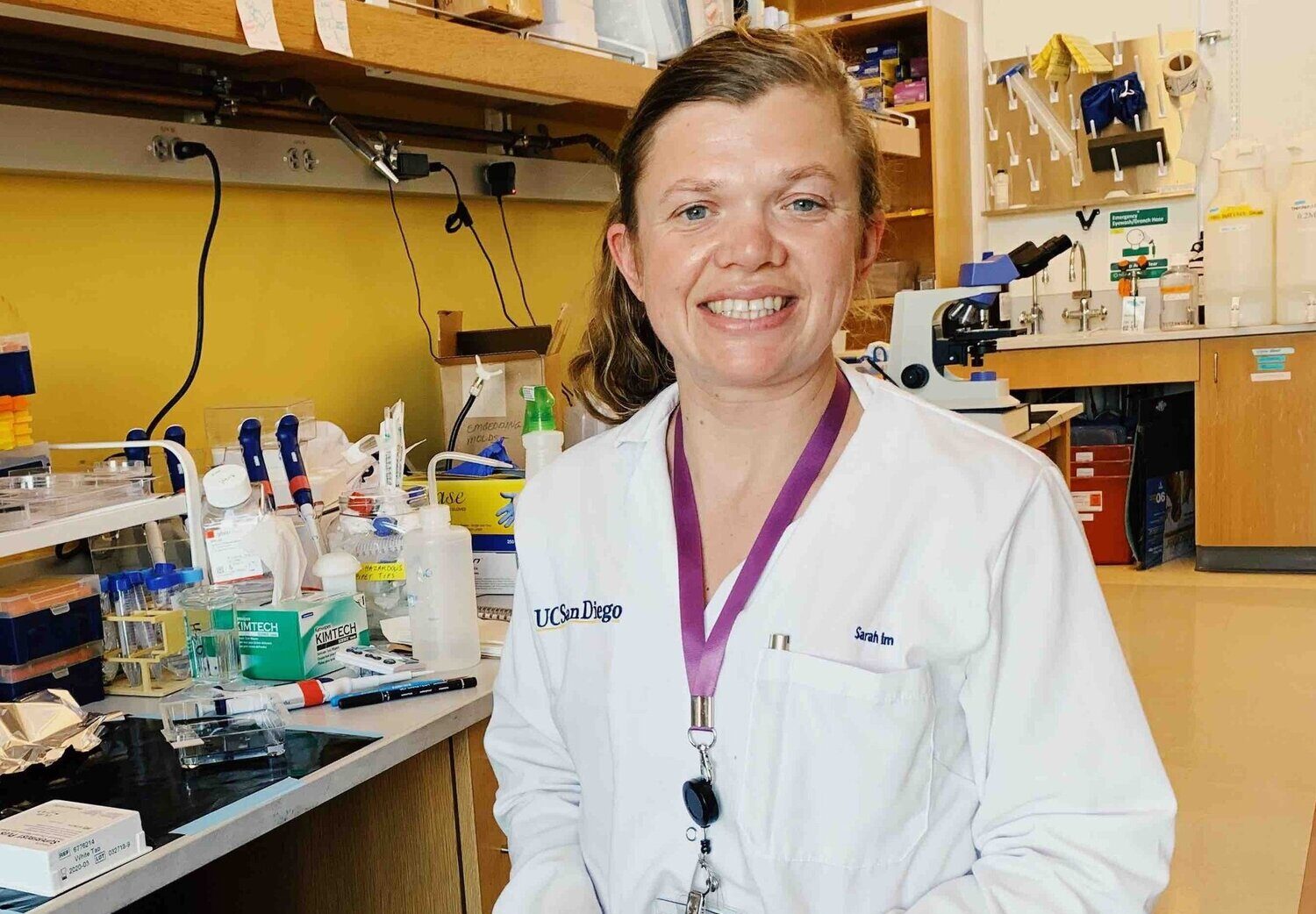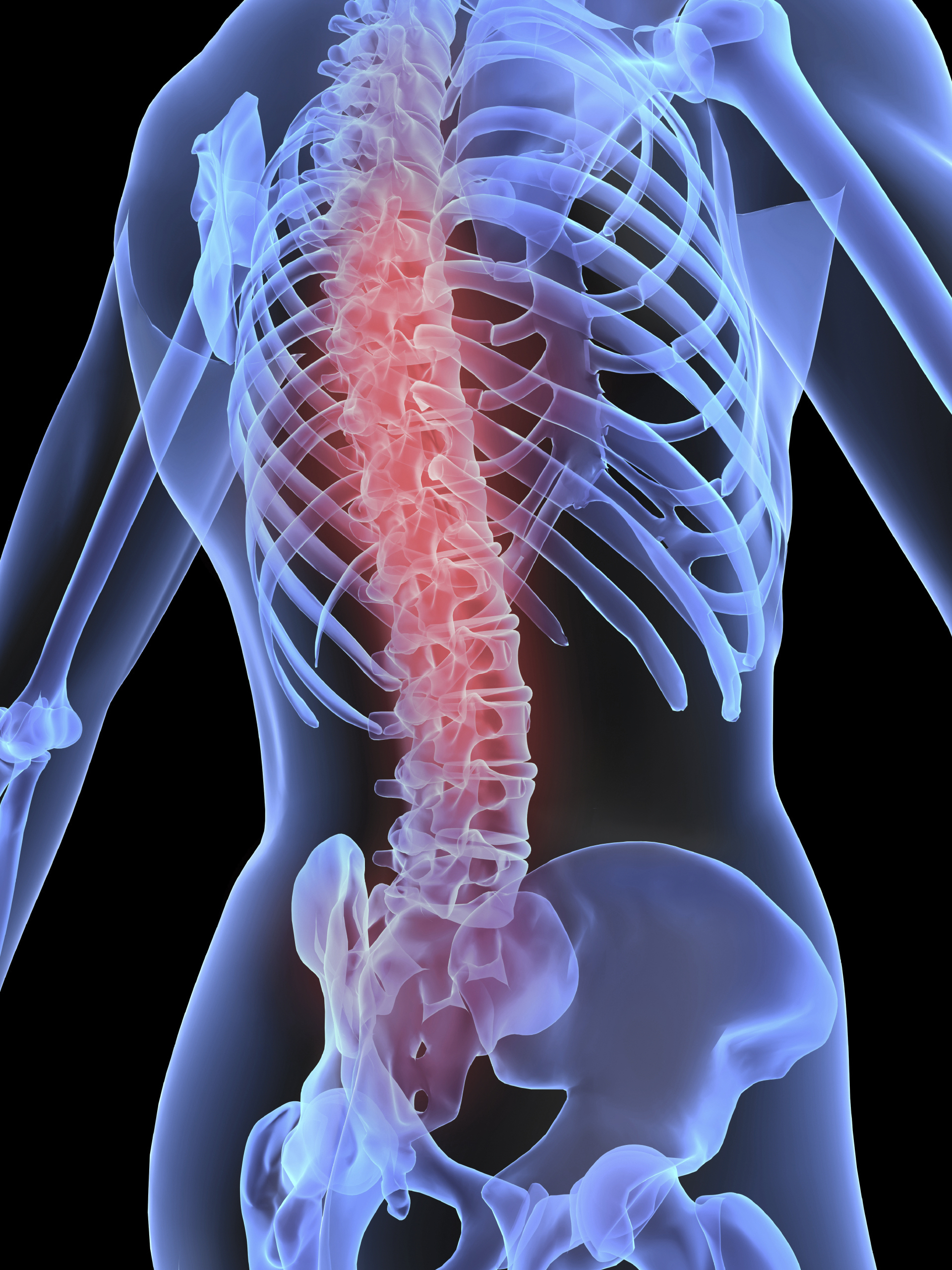What you need to know
- Following a spinal cord injury, sensation and function is often lost below the level of injury
- Stimulation of the spinal cord through modulated electrical pulses has shown the potential to restore function post injury.
- Stimulation can be delivered safely through the skin. This is known as transcutaneous stimulation.
In a nutshell
This study aims to investigate the use of transcutaneous spinal cord stimulation (tsES) in the recovery of function and sensation. The neuromodulation stimulator used in this study could become a low-risk treatment and can easily be adopted in rehabilitation or community settings.
There is a potential for individuals with SCI to benefit from the recovery of lost sensory and motor function with lasting improvements leading to increased independence and quality of life
Project Summary
In a previous pilot study, four chronic complete tetraplegic participants with a spinal cord injury (SCI) received four-week transcutaneous spinal cord stimulation as well as prescribed activity-based therapy (ABT). This resulted in two of the subjects gaining lasting sensory and motor function below their injury level.
The aim of this study is to investigate this further, with a similar patient cohort but over a longer period. Prior to delivering up to 16 weeks of tsES/ABT, the research team will pre-condition (strengthen) the participants’ paralyzed muscles using 6 weeks of functional electrical stimulation (FES) therapy.
The study aims to observe any immediate and lasting changes in motor (movement) and sensory function.
How this supports our goal to cure paralysis.
Stimulation of the spinal cord aims to maximise the existing connections or ”spared circuitry” which exists in the majority of spinal cord injury cases.
Studies such as this show the potential of stimulation away from a ”clinical” setting and could allow members of the SCI community to use this device within the home environment to improve function after injury.



